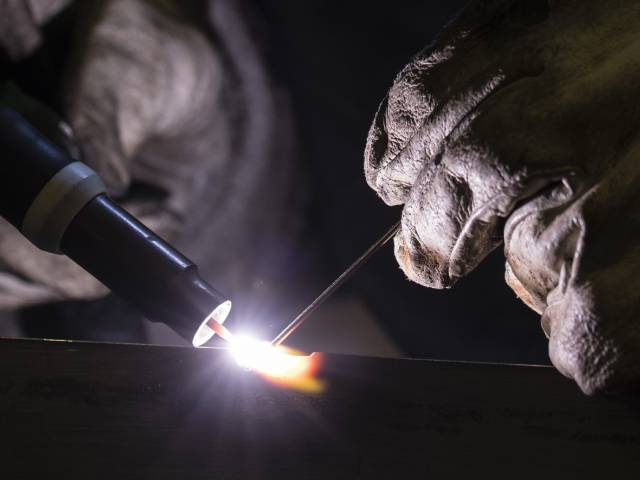
Improving the efficiency of TIG (tungsten inert gas) welding is crucial for professionals seeking to enhance productivity and achieve high-quality results. As a versatile welding process, TIG welding allows for precise control over the weld, making it suitable for a wide range of materials and applications. However, improving your skills requires understanding various factors, such as equipment setup, technique, and environmental conditions. Learn how to improve TIG welding efficiency.
The first step to improving TIG welding efficiency is selecting equipment. This step includes choosing the appropriate power source, torch, and filler material for the job. A high-quality inverter-based TIG welder with advanced features can offer great control and precision, allowing you to create fast and clean welds. Additionally, investing in a good-quality TIG torch and using the correct gas flow rate can enhance your productivity.
Using shielding gas is crucial for achieving clean, strong welds. Using too much or too little gas can result in poor-quality welds, rework, or scrapped materials. Select the appropriate gas flow rate based on the work material. Additionally, regularly checking gas lines and regulators can prevent leaks and disruptions in the gas supply.
Achieving efficient TIG welds requires mastering the techniques. This includes holding a stable torch angle, maintaining consistent travel speed, and manipulating the filler rod. Practicing these techniques will improve your efficiency, lead to better-looking welds, and minimize defects.
Using backhand TIG welding instead of forehand can increase deposition rates and shorten completion times. Experimenting with different techniques and finding what works best for each application can improve your proficiency.
Preparing your materials before working is essential for achieving efficient TIG welds. Remove contaminants from the weld site, and gear up. Preheating materials can also speed up the welding process by reducing heat input and increasing travel speed.
Maintaining a clean and clutter-free work environment can also enhance efficiency. Give yourself easy access to tools, equipment, and resources.
Continuous monitoring and improvement are key to achieving great TIG welds. Regularly inspecting weld quality, identifying areas for improvement, and making changes here and there can result in time and cost savings. Taking welding courses and staying updated on the latest techniques and technologies in the industry can also enhance your productivity.
Improving TIG welding efficiency requires a combination of various factors. You can figure out the best welding process for manufacturing in many ways, but these strategies are best for enhancing proficiency and creating high-quality welds. Continuously exploring and experimenting with different approaches is key to finding what works best for each welding project.
24World Media does not take any responsibility of the information you see on this page. The content this page contains is from independent third-party content provider. If you have any concerns regarding the content, please free to write us here: contact@24worldmedia.com